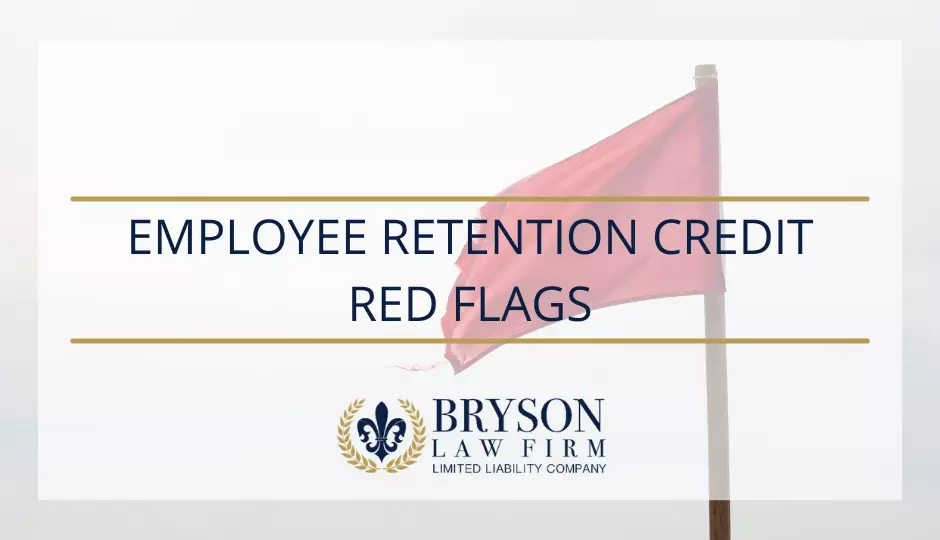The Employee Retention Tax Credit, also known as the ERC or ERTC, is a legitimate tax credit available to small businesses who retained their employees during the pandemic era. However, since the announcement of the tax credit, many “companies” have come about with aggressive marketing techniques targeted towards small businesses that may not qualify.
In response, the IRS has had to issue a moratorium on the processing of new claims, deeming the aggressive marketing an “unacceptable risk” to businesses and the tax system. Currently, they plan to resume processing ERC requests in January of 2024. The pause on processing new ERC claims was done in an effort to allow the IRS to create and implement more safeguards to prevent abuse of the ERC program, protect businesses from predatory tactics, and pursue fraud.
There are tons of these companies out there claiming that they can help nearly any and every small business claim the Employee Retention Tax Credit.
While you can find trustworthy and reliable tax professionals, such as Bryson Law Firm, LLC., to help you determine your eligibility for this tax credit, there are many businesses who will lead you to believe that your business is eligible just so that they can collect their fee.
How can you tell which businesses may be untrustworthy? Here are some red flags to look out for:
- Unsolicited calls or advertisements mentioning an “easy application process.”
The Truth: While the application process isn’t necessarily difficult, it does take time and effort to determine eligibility.
- Promising you will get $26,000 per employee.
The Truth: It is possible to get $26,000 per employee, however your business would have to qualify for all six eligible quarters and your employee would have to have received a certain amount in qualified wages in each of those quarters, and that is just simply not always the case.
- Claiming that applying for the credit is “risk free”.
The Truth: Every tax return filed – credit claimed - comes with the risk of an audit.
- Claiming to be able to determine eligibility withing minutes.
The Truth: Again, it takes time to determine eligibility. Many things need to be taken into consideration, such as gross revenue, wages paid, information as to how the business was impacted by government shutdown orders, etc.
- Sending out “fake” mail made to look like official correspondence from the IRS or “Department of Employee Retention Credit”.
The Truth: The IRS will not be sending you mail correspondence to entice you to apply for the ERC.
- Claiming that ALL businesses are eligible.
The Truth: Eligibility is determined by several factors and not all businesses will qualify.
- Claiming that ALL employees of your business will count toward your eligibility for the credit.
The Truth: If your business does qualify for the ERC, only W2-paid employees who are non-related (and not including yourself) can be counted.
According to the IRS website, to be eligible for the Employee Retention Credit, a business must be able to meet one of the following:
- Sustained a full or partial suspension of operations due to orders from an appropriate governmental authority limiting commerce, travel, or group meetings because of COVID-19 during 2020 or the first three quarters of 2021,
- Experienced a significant decline in gross receipts during 2020 or a decline in gross receipts during the first three quarters of 2021, or
- Qualified as a recovery startup business for the third or fourth quarters of 2021.
There are currently hundreds of criminal cases being worked on by the IRS for fraudulent ERC claims, and thousands of ERC claims have been referred for audit.
Every eligible business should take advantage of the Employee Retention Tax Credit, but you should do so with caution. Work with a trusted tax professional. Request a worksheet, computations, or proof of how the preparer came to determine the ERC amount. And do not apply unless you believe you are legitimately qualified for this credit.






















